FROZEN BEEF CARCASS
Frozen Beef Carcass
All Cuts (2-way, 4-way, 6-way, 8-way, 32-way)
Grade: Prime
Breed: Angus
Origin: Brazil & Uruguay SIF Certified Plants
Freezing process: IQF
Certification: HACCP, Halal, ISO
Packaging: Cellophane bags and 25kg Master Carton
Delivery: From full container load 40FCL ≈ 27Metric Tons +/- 2%
The Journey of a Frozen Beef Carcass: From Farm to Table
The path of a beef steak to your plate is a complex one, and for many, it begins with a frozen beef carcass. While it might not be the most appealing image, understanding the process behind freezing and storing these massive hunks of meat offers valuable insights into the modern food industry, food safety, and economics of beef production.
Why Freeze a Beef Carcass?
The primary reason for freezing a beef carcass is preservation. Once an animal is slaughtered and the carcass is dressed (hides and organs removed), the meat is susceptible to spoilage. Freezing dramatically slows down the growth of bacteria and enzymatic activity, extending the shelf life significantly. This allows for:
Storage: Carcasses can be stored for longer periods, enabling processors to handle larger volumes and manage seasonal fluctuations in beef production.
Transportation: Frozen carcasses can be shipped across long distances, opening up access to wider markets and reducing dependence on local suppliers.
Distribution: Freezing allows for a smoother distribution chain, providing more time for processing and portioning into consumer-friendly cuts.
Quality Control: Freezing can help maintain the quality of the meat, particularly during periods of high demand or logistical challenges.
The Freezing Process:
Freezing a beef carcass is a science. A carefully controlled process ensures the meat freezes quickly and evenly, minimizing the formation of large ice crystals that can damage muscle fibers and affect texture upon thawing.
Chilling: The carcass is initially chilled to around 32°F (0°C) to slow down spoilage and prepare it for freezing.
Blast Freezing: This rapid freezing method uses powerful fans to circulate extremely cold air (-20°F to -40°F / -29°C to -40°C) around the carcass, freezing it within 24-72 hours, depending on size.
Proper Packaging: Once frozen, the carcass is typically wrapped in protective material, such as polyethylene film, to prevent freezer burn and maintain quality.
From Freezer to the Butcher Shop:
Once frozen, the beef carcass embarks on its journey to processors and butcher shops. Here, skilled butchers thaw and break down the carcass into various cuts of beef.
Thawing: Controlled thawing is crucial to minimize moisture loss and maintain the meat’s quality. This is often done in refrigerated environments over several days.
Fabrication: Butchers then use their expertise to separate the carcass into primal cuts (like the chuck, rib, loin, and round) and then further into individual steaks, roasts, and other consumer-ready portions.
Packaging and Distribution: These retail cuts are packaged and distributed to grocery stores, restaurants, and other food service establishments.
Considerations and Controversies:
While freezing beef carcasses plays a vital role in the modern food system, there are some considerations and potential controversies:
Texture and Taste: Some argue that freezing can negatively impact the texture and flavor of the meat compared to fresh, unfrozen beef. However, proper freezing and thawing techniques can minimize these effects.
Energy Consumption: Freezing and maintaining frozen storage require significant energy, raising concerns about environmental impact.
Transparency and Traceability: Consumers are increasingly interested in knowing the origin and handling of their food, including whether it was frozen. Improved traceability systems are helping to address these concerns.
Conclusion:
The frozen beef carcass is a critical component of the modern beef supply chain, enabling efficient storage, transportation, and distribution. While there are considerations regarding quality and sustainability, ongoing advancements in freezing technology and traceability systems are helping to ensure that consumers have access to a consistent supply of safe and high-quality beef. Understanding the journey of a frozen beef carcass from the farm to the table provides a valuable perspective on the complexities and challenges of the modern food industry.
Be the first to review “FROZEN BEEF CARCASS” Cancel reply
Related products
Frozen Beef
Frozen Beef
Frozen Beef
Frozen Beef
Frozen Beef
Frozen Beef
Frozen Beef
Frozen Beef

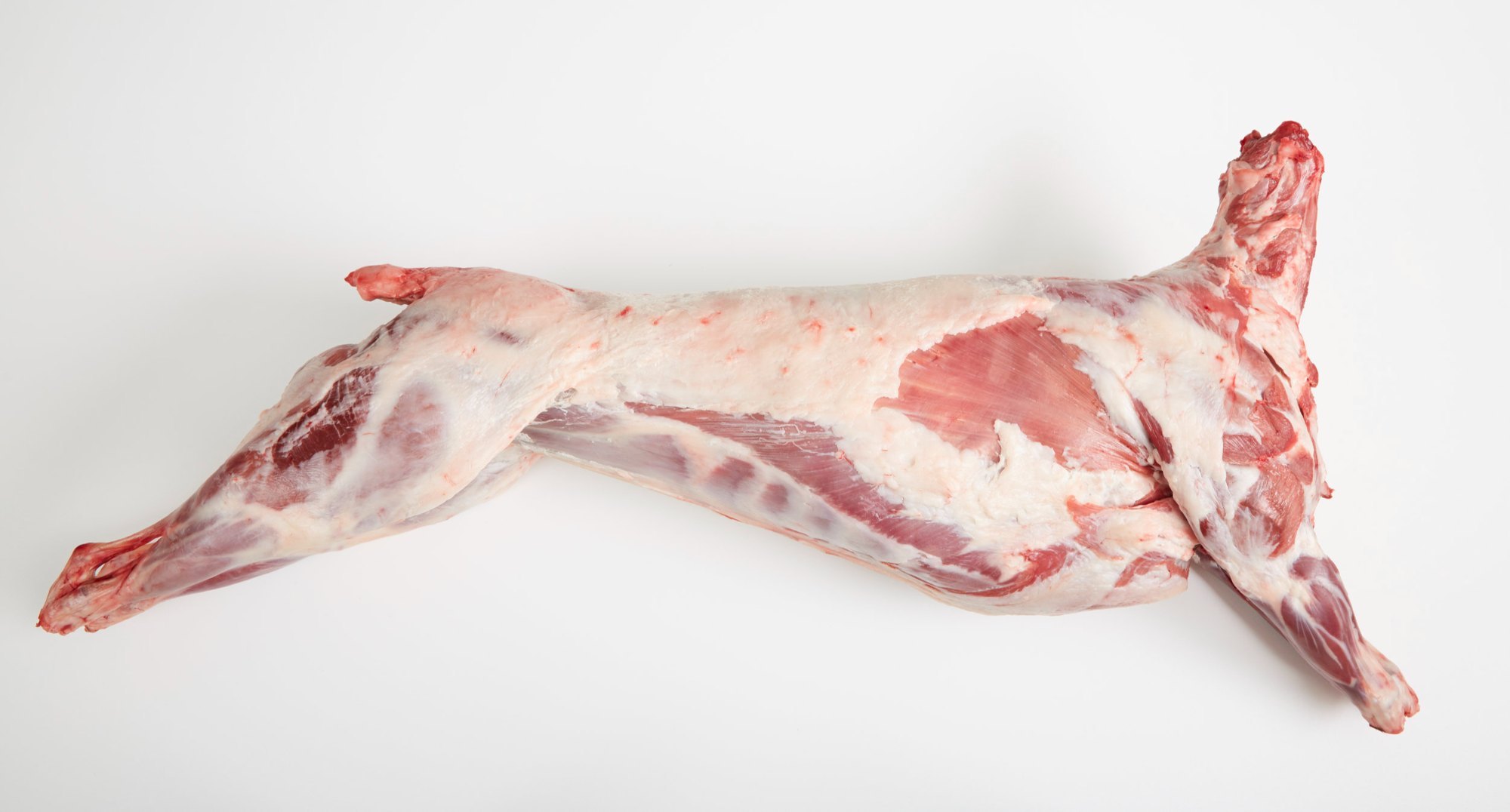
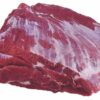
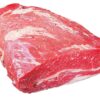
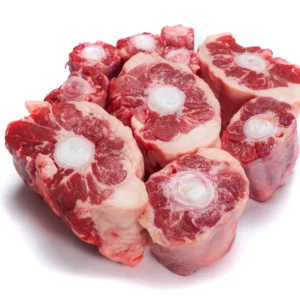


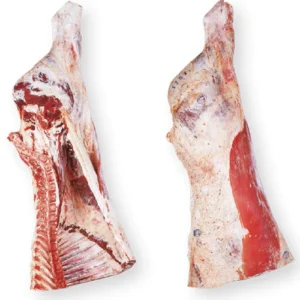

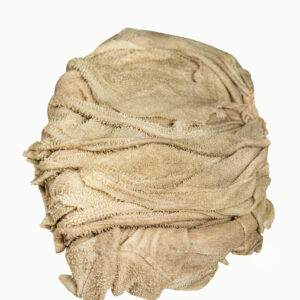

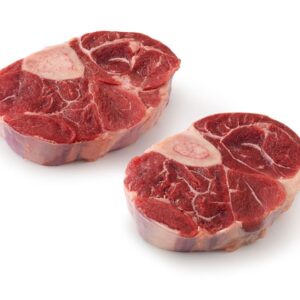
Reviews
There are no reviews yet.